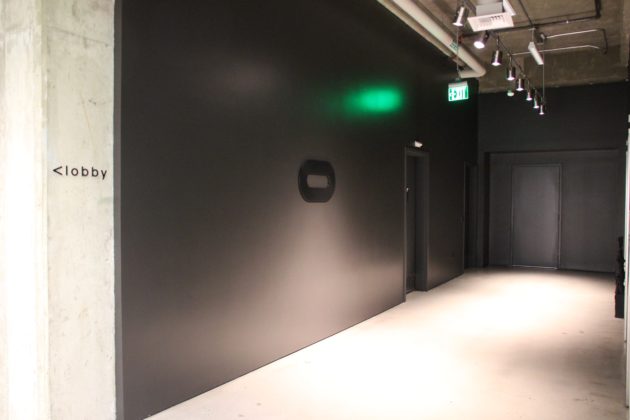There is a new fied of science, new Volumetric Sounds technology for virtual reality. The sound has dependably been an essential and important part of computer games and motion pictures. Be that as it may, with the approach of virtual reality, the significance of sound and how it can upgrade the life-like understanding for somebody wearing a VR headset has just expanded.
New Era of Sound Technology
A portion of the arbitrary articles Oculus sound architects use to make the sound for VR encounters.
Smurdon is a computer game veteran, having dealt with sound groups for diversions like Halo 2 and Guild Wars. He said creating sound innovation for virtual the truth is something very different.
“We’ve recently discovered that sound is quite a lot more essential in VR,” he said.
When you’re playing a customary computer game or viewing a motion picture, the sound regularly goes ahead a plane from a screen before you or around a room.
Volumetric Sounds technology 360 Degree Space
In any case, with a VR headset and joined earphones, the sound turns into a vastly different as to head following and encountering content in a 360-degree space. Engineers can put sounds around you and invite you to move around past your field of view.
Varjo 20/20 VR Headset Beats All with 70 M Pixel
“You can give an entire 3D sound experience that is predictable for all end clients,” Stirling noted. “It can enable you to hear things from you, behind you, or above you, just with two earphones.”
Volumetric Sounds technology Close Field HRTF Technology
With “Close Field HRTF,” designers can control sound as it draws nearer and more remote from somebody’s head with awesome accuracy. Past innovation just enabled engineers to control sounds more than one meter far from a client. I attempted a demo, which you can see beneath, that indicated how “Close Field HRTF” functions. It was really dreadful hearing a whispering voice move from my left ear to one side.
Volumetric Sounds technology working environment
There are some ways to solve the point source problem, but each has its own advantages and disadvantages. But this method does not work in VR based on HRTF space.
Volumetric Sounds technology 3D space with HRTF
The 3D space with HRTF includes the ear time difference (ITD), and the audible binaural sound delay is also added to the signal. When the delayed spatial signal is mixed with the original input signal, the comb filter artifact can be generated due to the delay.
Another way is to use a lot of point source sound. This method can work reasonably, but this will involve the number of sound sources arranged, and you need to find the right balance for the number of sound sources. If multiple sources produce exactly the same signal, then there is a potential phase coherence problem.
Volumetric Sounds
To get a bigger sound, Oculus researchers have developed a process based on distance and radius to calculate the projection and build a spatial filter at runtime. When the sound is very far, the projection is very small, sounds like a point source. When the sound close to the listener, the projection is greater, the sound becomes more broad and vigorous.
Figure 1: Sphere sound with a small projected area in the sphere of the audience.
Top 10 VR (Virtual Reality) Games 2017 For Vive, Oculus
Figure 2: The closer sound of the larger projected area of the sphere of the sphere
This provides a practical and high-performance way to simulate large sound sources. When the audience is within the radius of the sound source, they are surrounded by sound. As the audience approached the center of the sound, it smoothly transitioned from the space to the surround sound.
Volumetric Sounds technology Features
This new technology is similar to the graphics community in the global lighting and optical transmission on the work done. The main idea is to use a simple and compact basic function like a three-dimensional function to represent a smooth function on a sphere, such as diffuse illumination. The underlying notation has two advantages: (a) it saves memory (b) it simplifies the complex integral expression into a simple vector dot product. This enables real-time calculation of diffuse illumination and global lighting for large, complex virtual environments.
Volumetric Sounds technology Spherical harmonic function theory
Here the basic technology is the spherical harmonic function theory. But also to achieve the basis of stereo, but for large volume sound source. But its application is slightly different. The HRTF filter is stored in the spherical harmonic domain. That allows us to compute the point source of the filter or sphere of the object space for any shape of the projection. It can be applied to a spherical loudspeaker initially.
Volumetric Sounds technology Acoustic designers
Large sound sources allow acoustic designers to make large-scale modeling and small-scale modeling of objects. Which is basically scattered over space audio? It is important to emphasize that the role of large sources is only to spread out the sound, rather than provide a sense of scale. Also, with a reverberation balance and a hybrid approach. So, letting the sound “big” is still the work of the sound designer. Finally, Volumetric is only an additional tool in the toolbars that give you an accurate mix of results.
How to use virtual reality glasses on Android
Via developer.oculus
